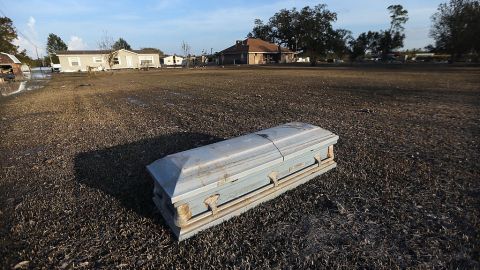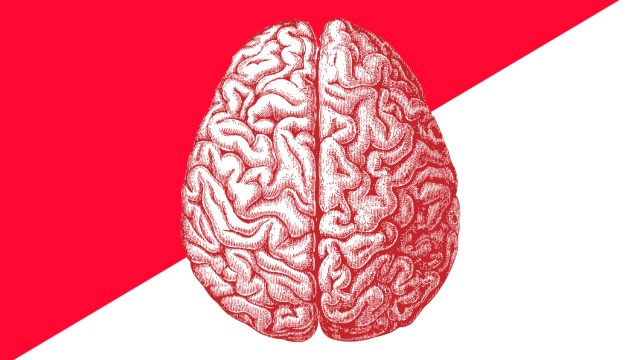Funerals Are Expensive. There Are Better Ways to Die.

The elaborate display of showing off dead bodies—open casket funerals—is not uniquely American but, according to James Hamblin in If Our Bodies Could Talk, our nation dominates this practice by a wide margin. Given how much credence is given to dying in Christian tradition—your actions and even intentions during life are considered a prelude to the real show—none of our modern excess is historically mandated:
Decadence and embalming are nowhere prescribed in any Christian text or creed; they are merely a new-prosperity American tradition.
How can one of the most important ceremonies in a religious tradition, one that leads to a supposed passage of nonmaterial goods, be so out of touch with its historical roots? Well, consider how all traditions essentially begin:
“Hey, wanna try this out?”
“Ok.”
“Well, that seemed to work.”
“Great, let’s keep doing it.”
The further you get from the initiatory episode, the easier it is to believe it to be sacred, or special, or necessary according to the dictates of the culture that previously winged it. Occasionally there’s a glitch in the system:
“Wanna try it this way?”
“Why? The old way is how it’s done.”
“Yeah, but I have more people that think this way will work better.”
“Whatever.”
Either it works or doesn’t. If it does, a new tradition is born. Yahweh usurps Baal.
The American funeral industry has a vested interest—$20.7 billion worth—in keeping the open casket ceremony a fundamental component of the Christian tradition. Hamblin notes that the average funeral runs $8,508. That’s quite an additional expense given the fact that 80 percent of US health care costs occur during a person’s last year of life. Stretch out the dying process, then stretch out the death—the very definition of capitalist spiritualism.
For one year I lived next to the Holy Name Cemetery & Mausoleum in Jersey City. My bedroom window rested ten feet from a plot. It was quite peaceful. I’d often walk through the grounds, photographing the expansive buildings and monuments former earthly residents dedicate to themselves. It was also quite beautiful.
Yet mausoleums are exceedingly rare. They have to be, considering the basic cost of a casket, flowers, facility fees, and burial plots today. (Hamblin includes information about a DIY coffin plan to build your own for under $200, a nice reduction from the national average of $1,327.)
Dying should not be lavish. We don’t need meadow stalagmites to remember our loved ones, especially considering the most important thing a human can do when done with their body (beyond donating their organs) is returning their nutrients to the soil. Disrupting that process with wood, cement, and noxious fluids is not helping the environment.
Fortunately more Americans are realizing this. In 2015, 45 percent of citizens were cremated, a 13 percent increase from only a decade prior. It fits the growing trend toward agnosticism: religious people are more likely to require burial than the nonreligious.
Hamblin writes that cremation wastes fertilizer, though does not require land, which is a positive. He then explains one intriguing way to be forever cherished, especially pertinent to musicians and music fans:
There are new sentimental ways to use ashes, like putting them into 3-D printers and creating customized vinyl records with them.
If you must be buried, do the earth some good. Eco-friendly caskets and green burials are becoming popular. So are reef balls: your ashes are attached to a cement structure that helps build a protective wall on the ocean floor while giving fish something to look at.
Green burials, like this recent Santa Monica initiative, are taking measures to overturn the extreme wastefulness of the ‘traditional’ funerary process. The numbers, writes Jeff Goodman, are staggering:
U.S. cemeteries each year use more than 180 million pounds of steel, 5 million pounds of copper and bronze and more than 827,000 gallons of embalming fluid, which includes formaldehyde.
Instead of destroying trees (and entire ecosystems) to plant the treated wood back into the ground (which will only rot inside the secondary cement coffin), do the planet a solid. Hopefully it’s done you plenty during your lifetime. No reason to flip it the bird on your way out.
—
Derek’s next book, Whole Motion: Training Your Brain and Body For Optimal Health, will be published on 7/4/17 by Carrel/Skyhorse Publishing. He is based in Los Angeles. Stay in touch on Facebook and Twitter.





